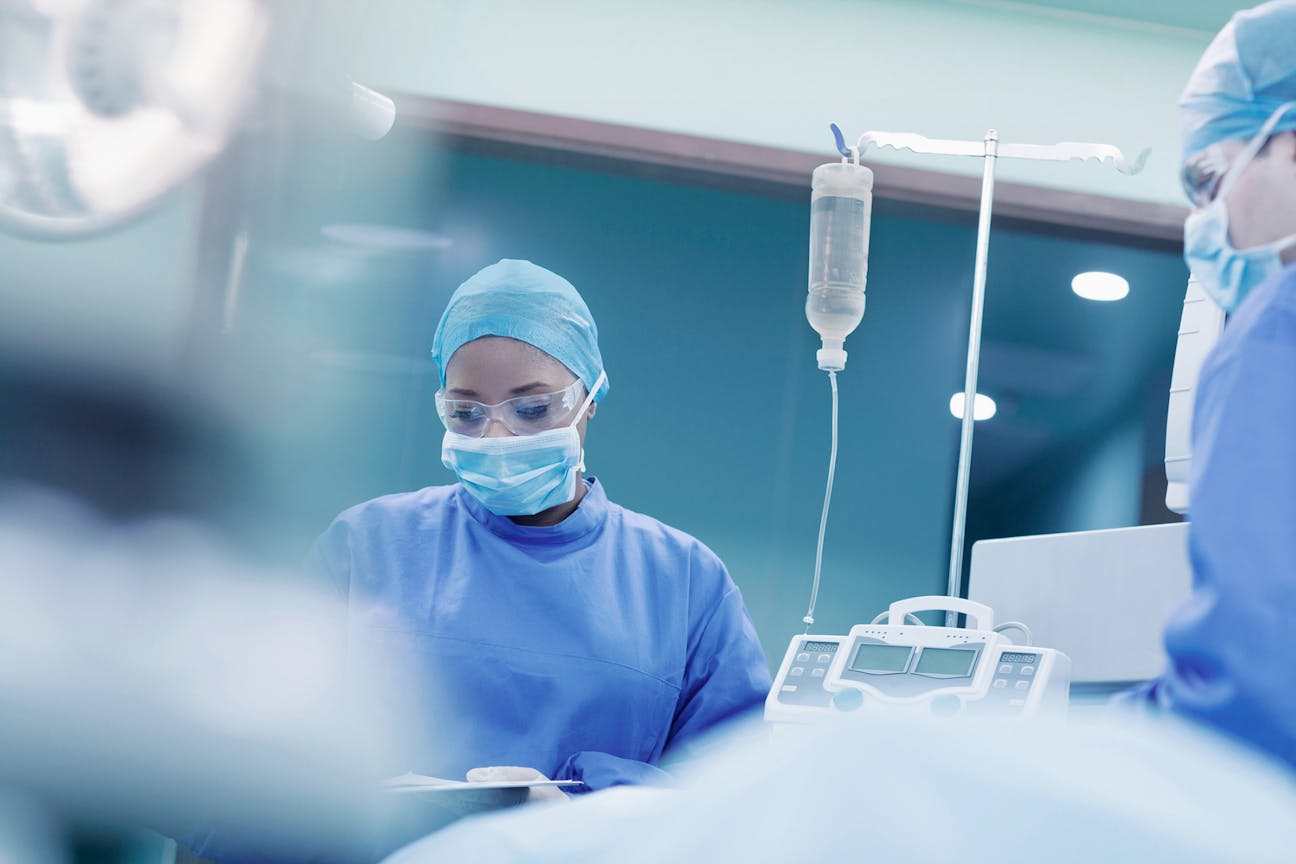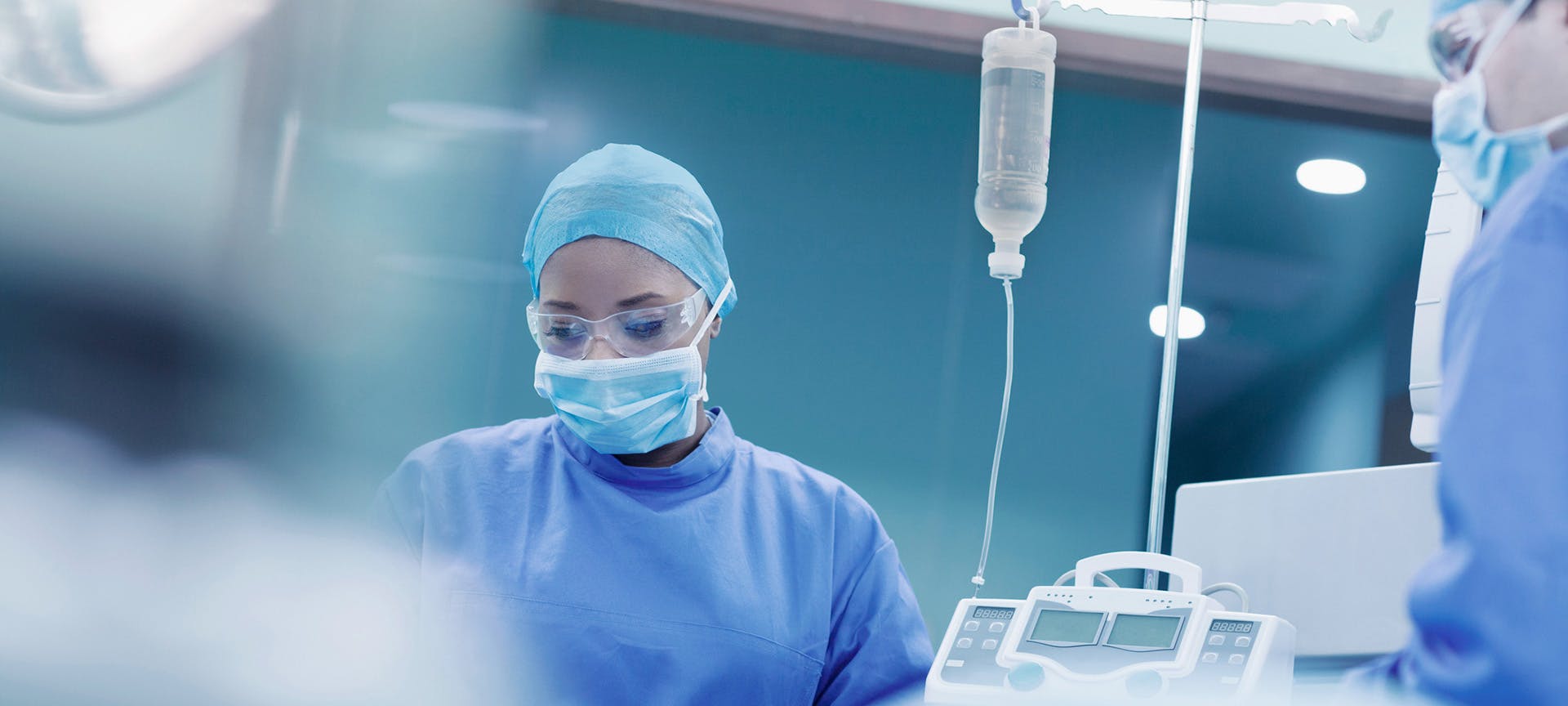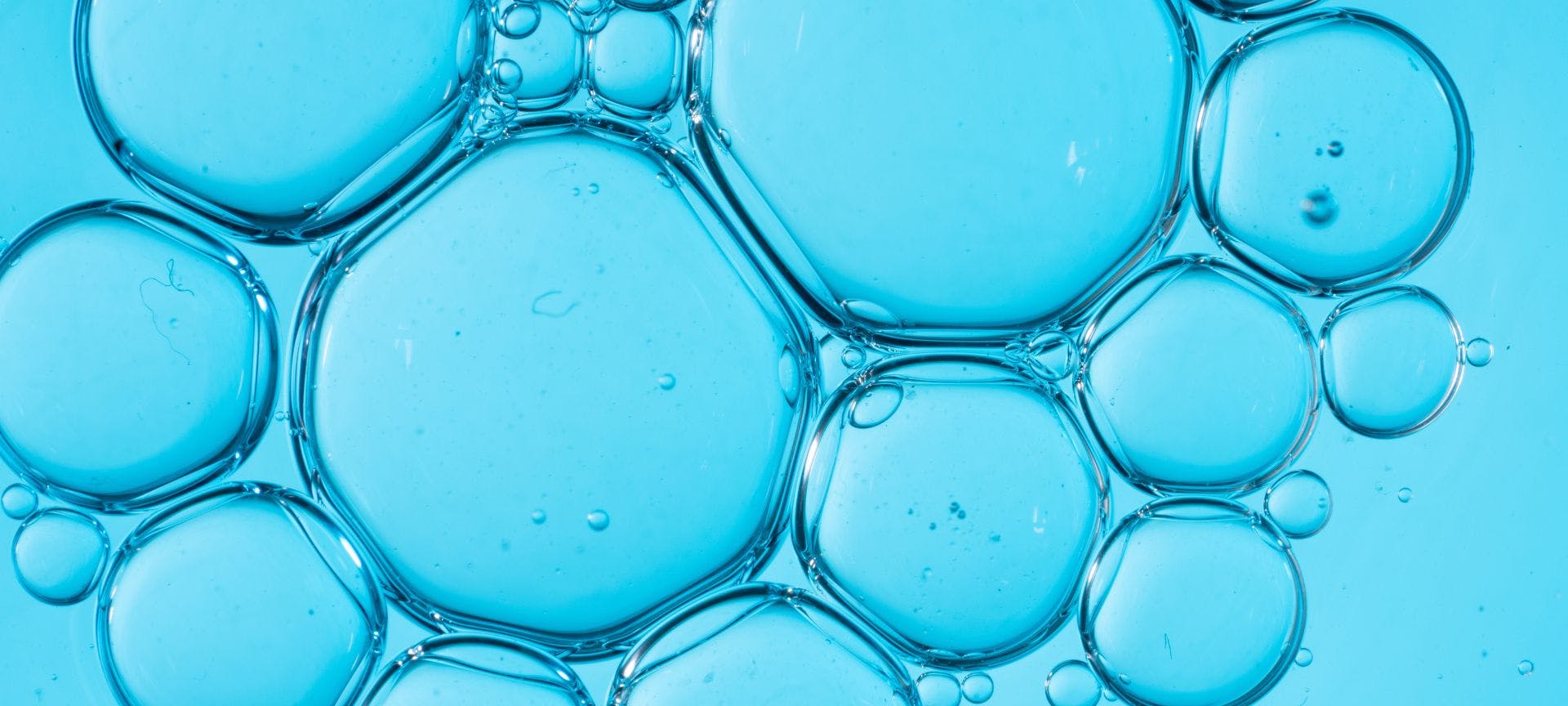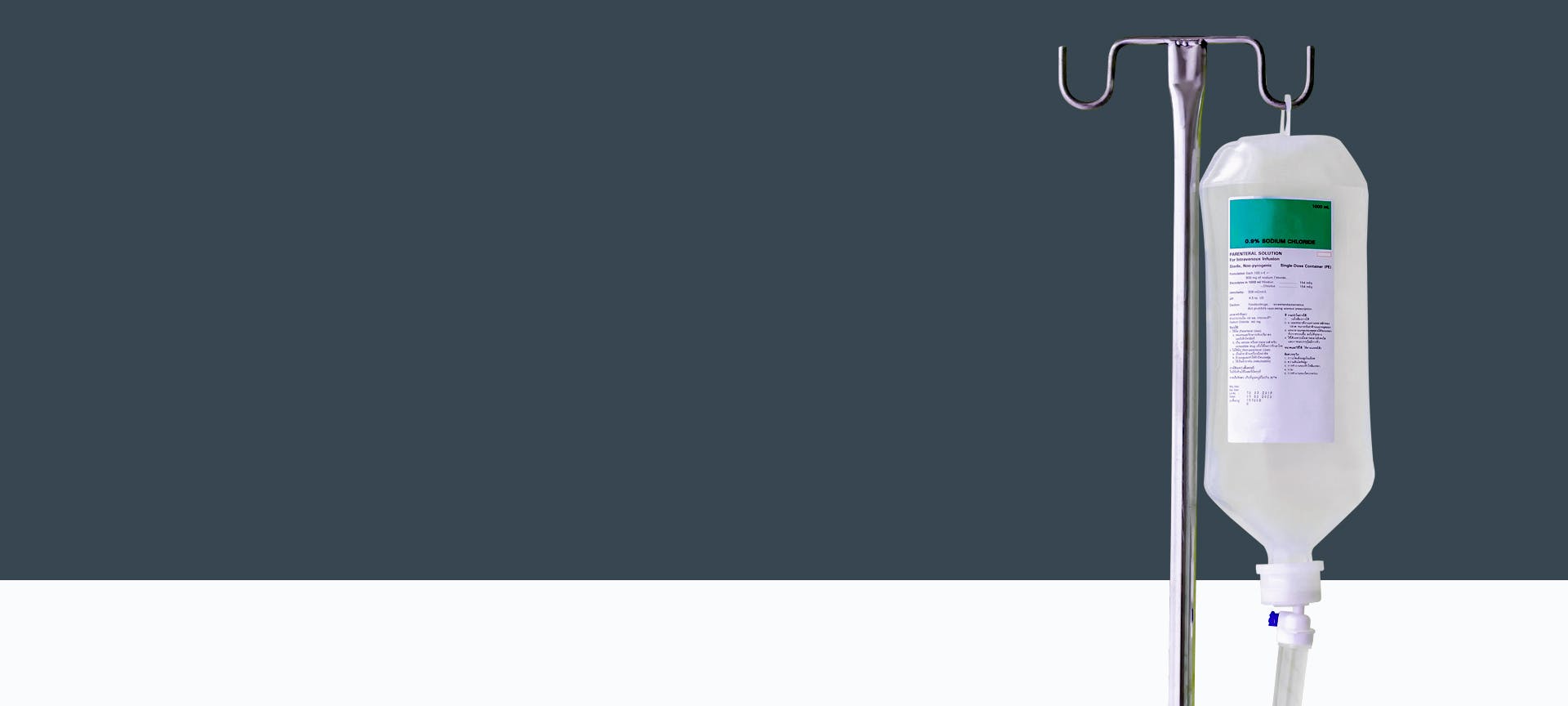

Case Study New Heights of Performance with 13 Cameras
Automated visual inspection of BFS containers
The main advantages
-
Unprecedented production speed
-
Visual inspection within the filling area
-
Continuous optimization through data analysis
-
Further harmonization of inspection processes
In the medical device industry, blow-fill-seal (BFS) containers fall into the category of difficult to inspect parenterals. Accordingly, an optimized inspection offers the potential of significant potential efficiency gains.
VITRONIC enhanced the automated visual inspection solution for BFS containers used by a leading global pharmaceutical and medical supplies company. As a result, production speed has reached a new record high.
The project described here involved creating a new large production line for BFS containers with a filling volume of 100 ml. As VITRONIC has the expertise required, the company was tasked with designing and implementing an inspection solution for the new production line.
Implementation
A central aspect of the solution implemented is that the inspection is “static”. The product passes through the machine, without needing to be turned, tilted, or presented in any other form that is not essential from a manufacturing perspective.
This is possible thanks to the use of 13 individual cameras, including a special 360° lens that was customized for the product. Both black-and-white and color cameras are used in the machine. This setup implements 13 different inspection modules, which inspect the individual defect classes.
In terms of software, each of the inspection modules has its own evaluation algorithm, capable of checking the image material for the correct properties.
Accordingly, 13 individual images are captured of each BFS container that is manufactured. With a resolution of up to approx. 2500 × 2000 pixels per camera, a large volume of data is created for each container.
In the filling area, it is critical that the inspection solution is fully integrated into the filling system, with a single machine control interface. As a result, any containers identified as defective can be filtered out—even before they leave the filling area, so that they do not reach the downstream sterilization and packaging areas. Finally, all defect classes are inspected in the packaging area.
Results
With the automated visual inspection solution from VITRONIC, the new production line in the packaging area achieves a maximum output of 14,400 containers per hour in accordance with the customer specifications.
This represents an increase of 60 percent compared with the previous line.

The greatest benefit for our client is that we can conduct a 100% visual inspection without losing any time and with a performance rate that was not not previously achieved at any other site.
Data & Synergies
- The system used here is based on results databases which are fed with data by the evaluation algorithms that can easily be exported. Engineers in charge of production can examine the defect image memories, the analysis data, and the corresponding reject rates in order to optimize the relevant process step in the system.
- By using the new system, another advantage the client can benefit from is the advanced degree of system harmonization. The workers at the site are already very familiar with VITRONIC and glad to be using a unified system. The company can, in turn, boost its efficiency in terms of human resources. Staff with expertise in one type of inspection system can, if necessary, apply this knowledge to all VITRONIC systems in use.
A Clean Solution
The decisive, market-relevant benefit of the solution results from integrating inspection into the filling system in a way that is synchronized with the production cycle.
This aspect of the setup alone has the potential to significantly boost production efficiency—without it, all defective parts could only be removed at the packaging stage, involving a proportionately greater degree of effort ("scrap refinement").

Other conceivable solutions for the filling area, such as using a separate machine for the inspection, are costly by comparison.
An additional benefit
The system used here has results databases which are fed with data by the evaluation algorithms. This data can then be exported easily. Engineers in charge of production can examine these defect image memories, the analysis data, and the corresponding reject rates in order to optimize the relevant process step in the system.
Your Advantages with VINSPEC HEALTHCARE
- Cost reduction through automation
- 100% product safety
- False rejects minimized
- Compliance with regulations
- Modular concept


